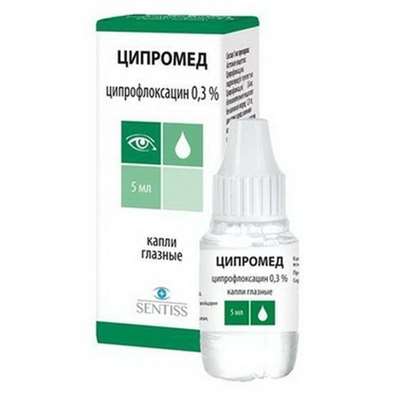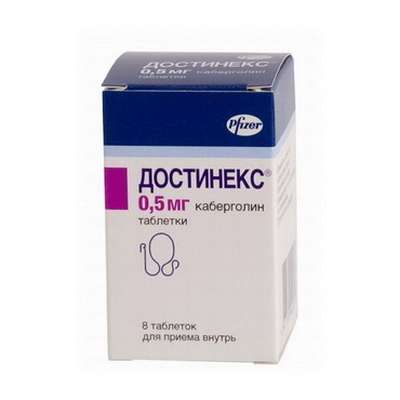Instruction for use: Salmeterol + Fluticasone (Salmeterolum+ Fluticasonum)
I want this, give me price
Pharmacotherapeutic group:
Beta-adrenergic agonist in combination
Pregnancy and breast-feeding
Category effects on the fetus by FDA - C.
Pharmacological action.
Pharmacological action. Combined bronchodilatory agent (contains salmeterol and fluticasone). Salmeterol - selective agonist of beta2-adrenoceptor long-acting (12 hour). Salmeterol molecule has a long side chain, which binds to the outer portion of the receptor. Due to these pharmacological properties, salmeterol more effective for the prevention of bronchospasm and gistaminindutsirovannogo longer causes bronchodilation over conventional short-acting beta2 agonists receptors. Effectively inhibits the release and prolonged lung tissue mast cell mediators, such as histamine, leukotrienes and PgD2. It suppresses the early and late stage allergic reactions; after administration of a single dose decreases bronchial hyperreactivity, inhibition of late phase lasts 30 hours, when the bronchodilatory effect is no longer present. Fluticasone - topical corticosteroids. With inhalational administration has a pronounced anti-inflammatory effect, leading to a decrease in the symptoms and decrease the frequency of exacerbations diseases involving airways obstruction. With prolonged use of inhaled fluticasone in the maximum daily dose and reserve the secretion of adrenal hormones remained in the normal range for adults and children. Residual decrease backup adrenal function may persist long after the therapy.
Pharmacokinetics.
Simultaneous administration of inhaled salmeterol and fluticasone not affect the pharmacokinetics of each of these substances. Salmeterol: after inhalation administration of therapeutic doses are very low drug concentrations in plasma (200 pg / ml or less). With regular use of inhaled salmeterol in the systemic circulation is determined gidroksinaftoevaya acid in concentrations up to 100 ng / mL. Fluticasone: after inhalation relative bioavailability - 10-30% depending on the drug delivery system. Systemic absorption occurs primarily in the lungs. Part of the inhaled dose may be swallowed, but its systemic exposure is minimal due to the low solubility of the drug in water and intensive metabolism in the "first pass" through the liver. Fluticasone ingestion bioavailability is less than 1%. There is a direct correlation between the size of the dose inhaled fluticasone systemic effect and volume of distribution - about 300 liters. It is metabolized in the liver to inactive metabolites by CYP3A4 of cytochrome P450. Less than 5% of the metabolites excreted in the urine. Plasma clearance - 1.15 l / min. T1 / 2 - 8 hours.
Indications.
Broncho-obstructive disease (patients receiving maintenance therapy agonists beta2-adrenergic receptor and a long-acting inhaled glucocorticosteroids; with persistent symptoms of the disease during treatment with inhaled corticosteroids, bronchodilators are used regularly, which shows GCS therapy).
Contraindications.
Hypersensitivity, children's age (up to 4 years).
Precautions
Pulmonary tuberculosis, fungal, viral or bacterial respiratory infections, hyperthyroidism, pheochromocytoma, diabetes, uncontrolled hypokalemia, IGSS, uncontrolled hypertension, arrhythmia, prolongation of the QT interval on an electrocardiogram, hypoxia of different genesis, cataract, glaucoma, hypothyroidism, osteoporosis, pregnancy, lactation.
Dosing. Inhalation.
The initial dose is determined based on a dose of fluticasone is recommended for treatment of this disease severity. Then, the starting dose should be gradually reduced to the minimum effective dose.
Adults and adolescents aged 12 years and older: 2 inhalations (25 micrograms of salmeterol and 50 micrograms fluticasone) 2 times a day, or 2 inhalation (25 mcg salmeterol and 125 mcg fluticasone) 2 times a day, or 2 inhalations (25 micrograms of salmeterol and 250 micrograms fluticasone), 2 times a day, or 1 inhalation (50 micrograms salmeterol and 100 micrograms fluticasone), 2 times a day, or one inhalation of 50 micrograms salmeterol and 250 micrograms fluticasone), 2 times a day, or 1 inhalation (50 micrograms salmeterol and 500 micrograms fluticasone), 2 times a day.
Children from age 4 to 12: 2 inhalations (25 to 50 mcg of salmeterol and fluticasone g), 2 times a day, or one inhalation (mcg 50 mcg of salmeterol and fluticasone 100), 2 times a day.
If abnormal liver and kidney function, as well as elderly patients lower doses are not necessary.
Side effect.
Salmeterol: paradoxical bronchospasm, irritation of the mucous membranes of the mouth or throat, changes in taste (dysgeusia), hypokalemia, nervousness, abdominal pain, nausea, vomiting, hyperglycemia, tremor, palpitations, headache, arrhythmias (including atrial fibrillation , supraventricular tachycardia and extrasystoles), arthralgia, allergic reactions (skin rash, angioedema), spasms of skeletal muscles.
Fluticasone: hoarseness, hoarseness, irritation of the mucous membrane of the pharynx, candidiasis oral cavity and pharynx, paradoxical bronchospasm, allergic skin reactions.
With prolonged use at high doses, may occur fluticasone systemic effects: reduction of adrenocortical function, osteoporosis, growth retardation in children, cataract, glaucoma.
Overdose.
Symptoms: tremor, headache, tachycardia, suppression of adrenal function.
Treatment: selective beta-blockers, removal of the drug, (a few days adrenal function is recovered on their own).
Interaction.
Beta-blockers reduce the effectiveness.
CYP3A4 enzyme inhibitors (including ketoconazole, ritonavir) increase the concentration of fluticasone plasma.
Special instructions.
The drug is intended for long-term treatment and prevention of exacerbations of the disease, rather than cupping (inhaled bronchodilators should be used short-acting).
The drug should be taken regularly, even in the absence of symptoms.
The increase in demand for the use of short-acting bronchodilator indicates a worsening of the disease.
Do not abruptly stop treatment with the drug.
Prolonged use of any inhaled corticosteroids, especially in high doses, may experience systemic effects. It is important that the therapeutic effect of the dose of inhaled corticosteroids was reduced to the minimum effective dose for controlling the disease in order to prevent the development of systemic side effects.
It is recommended to regularly monitor the dynamics of the growth of children receiving inhaled corticosteroids for a long time.
Due to possible adrenal insufficiency should be careful and regular monitoring of indicators of adrenocortical function when transferring patients taking corticosteroids by mouth, to treatment with inhaled fluticasone. The abolition of systemic corticosteroids to inhaled fluticasone background should be gradual. In times of stress may need additional GCS.
If the drug should be discontinued because of salmeterol overdose, the patient should be prescribed appropriate replacement therapy GCS.
In rare cases when transferring patients receiving systemic corticosteroids to inhalation therapy may manifest the state accompanied by hypereosinophilia (including Churg-Strauss syndrome). This usually occurs during dose reduction or withdrawal of systemic corticosteroids, but a causal relationship has not been established.
When transferring patients receiving systemic corticosteroids to inhalation therapy may also exhibit allergic reactions (including allergic rhinitis, eczema), which previously suppressed by systemic drugs.

 Cart
Cart





